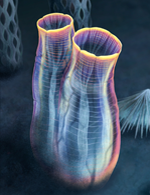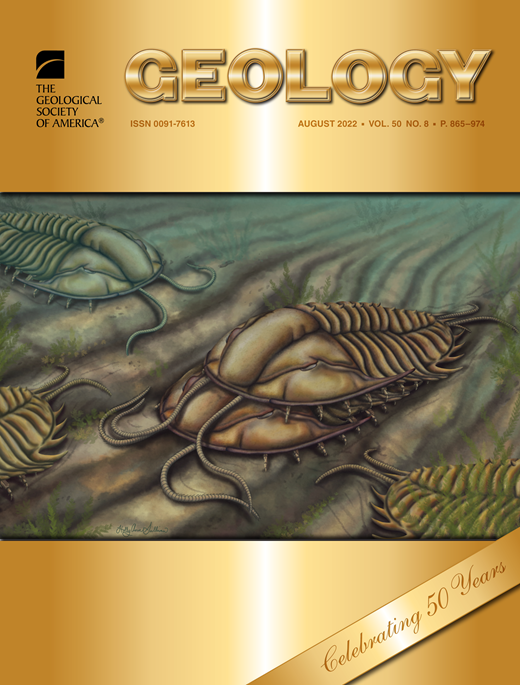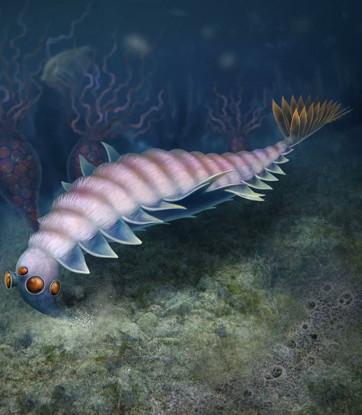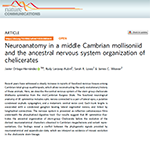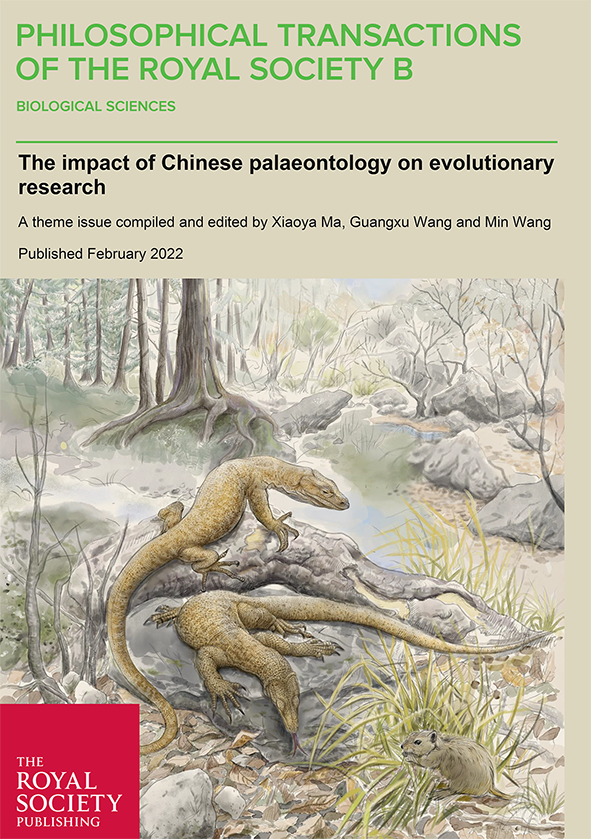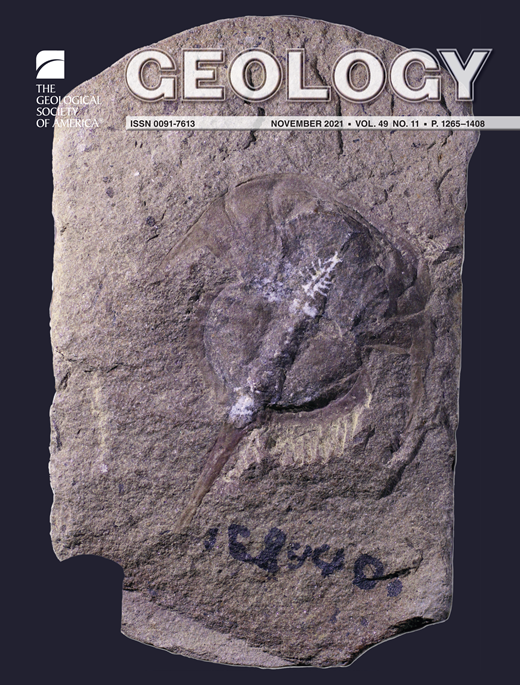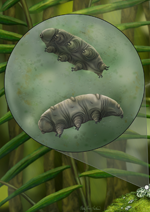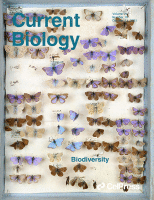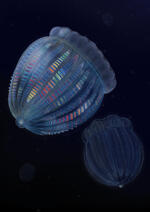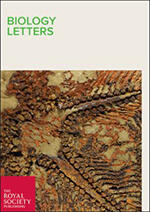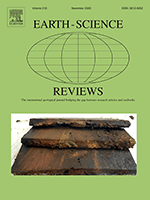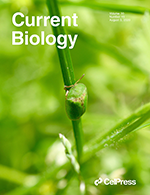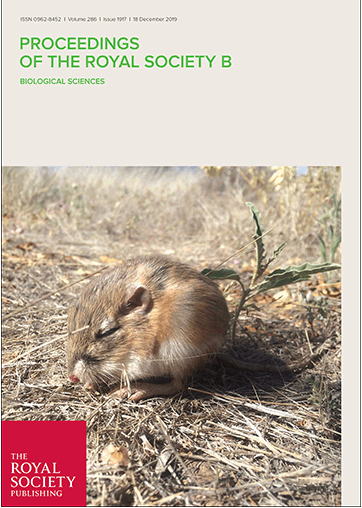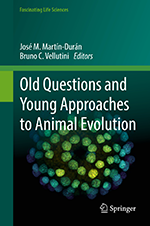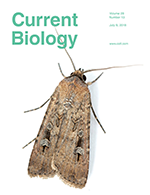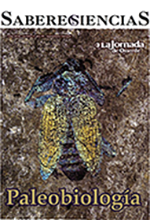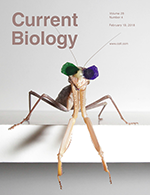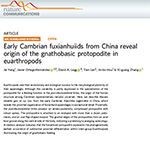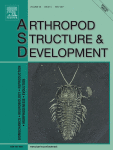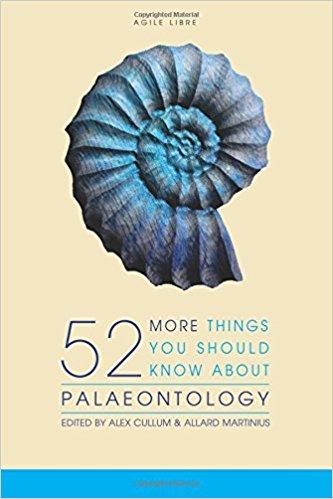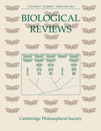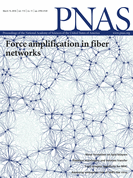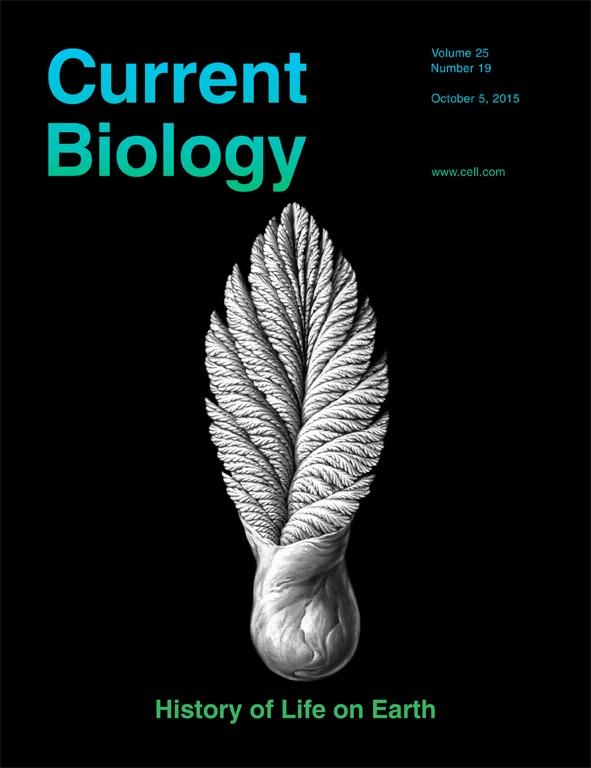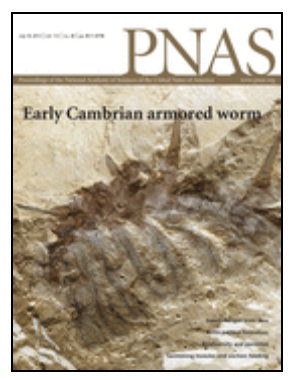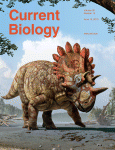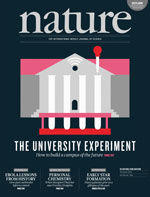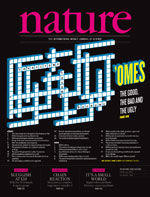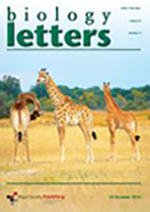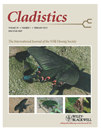Citation:
Abstract:
Moulting is a fundamental component of the ecdysozoan life cycle, but the fossil record of this strategy is susceptible to preservation biases, making evidence of ecdysis in soft-bodied organisms extremely rare. Here, we report an exceptional specimen of the fuxianhuiid Alacaris mirabilis preserved in the act of moulting from the Cambrian (Stage 3) Xiaoshiba Lagerstätte, South China. The specimen displays a flattened and wrinkled head shield, inverted overlap of the trunk tergites over the head shield, and duplication of exoskeletal elements including the posterior body margins and telson. We interpret this fossil as a discarded exoskeleton overlying the carcass of an emerging individual. The moulting behaviour of A. mirabilis evokes that of decapods, in which the carapace is separated posteriorly and rotated forward from the body, forming a wide gape for the emerging individual. A. mirabilis illuminates the moult strategy of stem-group Euarthropoda, offers the stratigraphically and phylogenetically earliest direct evidence of ecdysis within total-group Euarthropoda, and represents one of the oldest examples of this growth strategy in the evolution of Ecdysozoa.

